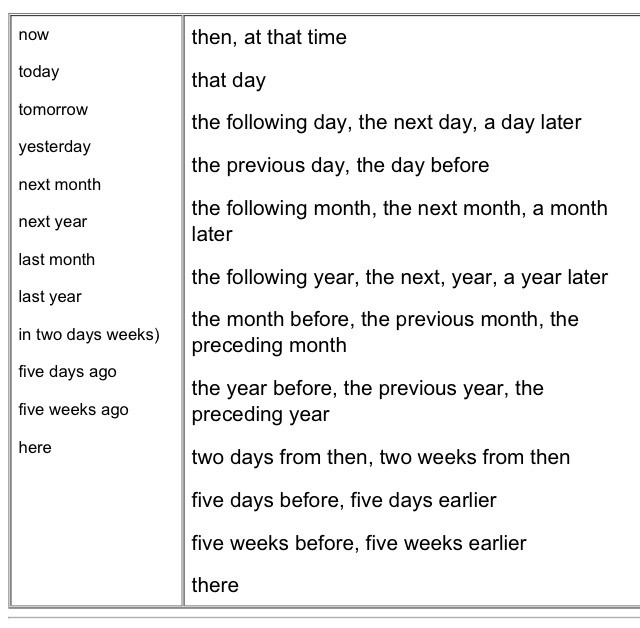- Situation writing: Read the question carefully. Identify the clues in the question and ensure that your story mentioned them. Do not write out of point.
- Briefly plan your story (story graph).
- Consider writing from different perspectives.
- Have some dialogue but avoid overwriting them.
- Give your story an interesting start/introduction.
- Characterisation
- Dialogue
- Flashback
- Bold statements
- Setting - Develop your story and elaborate on the details. Make your story interesting.
- Who, What, Why, When, Where, How - Use apt and a good range of vocabulary. Use the idioms and proverbs wisely.
- idioms, proverbs
- show don't tell phrases
- descriptive phrases - Give your story a good ending.
Note: If flashback is used to start the story, for its ending, do not just end with a simple flashback to the reality.
- resolution
- coda
- lesson learnt - After writing, read through your story again. Check for spelling, grammar and punctuation errors.
Do not use contractions. - Don't waste time counting the number of words.
Write approximately 1-2 sheets of writing paper.
- Bring 2B pencils.
- Booklet A: Shade the OAS carefully. Ensure all questions are answered.
Grammar and Vocab MCQ: Circle and identify the clues in the questions. - Booklet B:
Cloze passages: Circle and identify the clues in the questions.Comprehension: Answer to the question and write in full sentences. Don't forget the appropriate punctuation. Do not use contractions in your answers.
Math
- Bring 2B pencils, Mathematical Set and colour pencils.
- Read all the questions and numbers carefully. Identify the keywords.
- Section A: Shade the OAS carefully. Ensure all questions are answered. Do working in the booklet.
- Section B: Show your working and write the answers in the box provided.
- Section C: Must write number sentences, show algorithm and write the answers (with units) in the statements. Draw models when appropriate and when time permits.
- During checking, check by checking your computation or using different methods to see if you arrive at the same answer.
Science
- Bring 2B pencils and colour pencils.
- Section A: Shade the OAS carefully. Ensure all questions are answered.
- Section B: Be specific and answer to the question/experimental set-up. Give Science related answers. Avoid simply just mentioning the general Science concepts.


